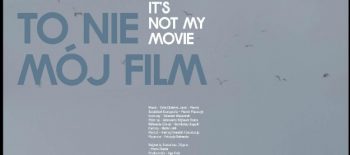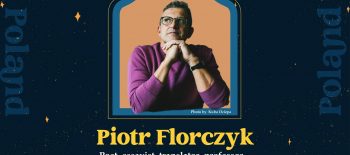Folk papercuts, pajaki and Polish Folk stories- Karolina Merska visit in India
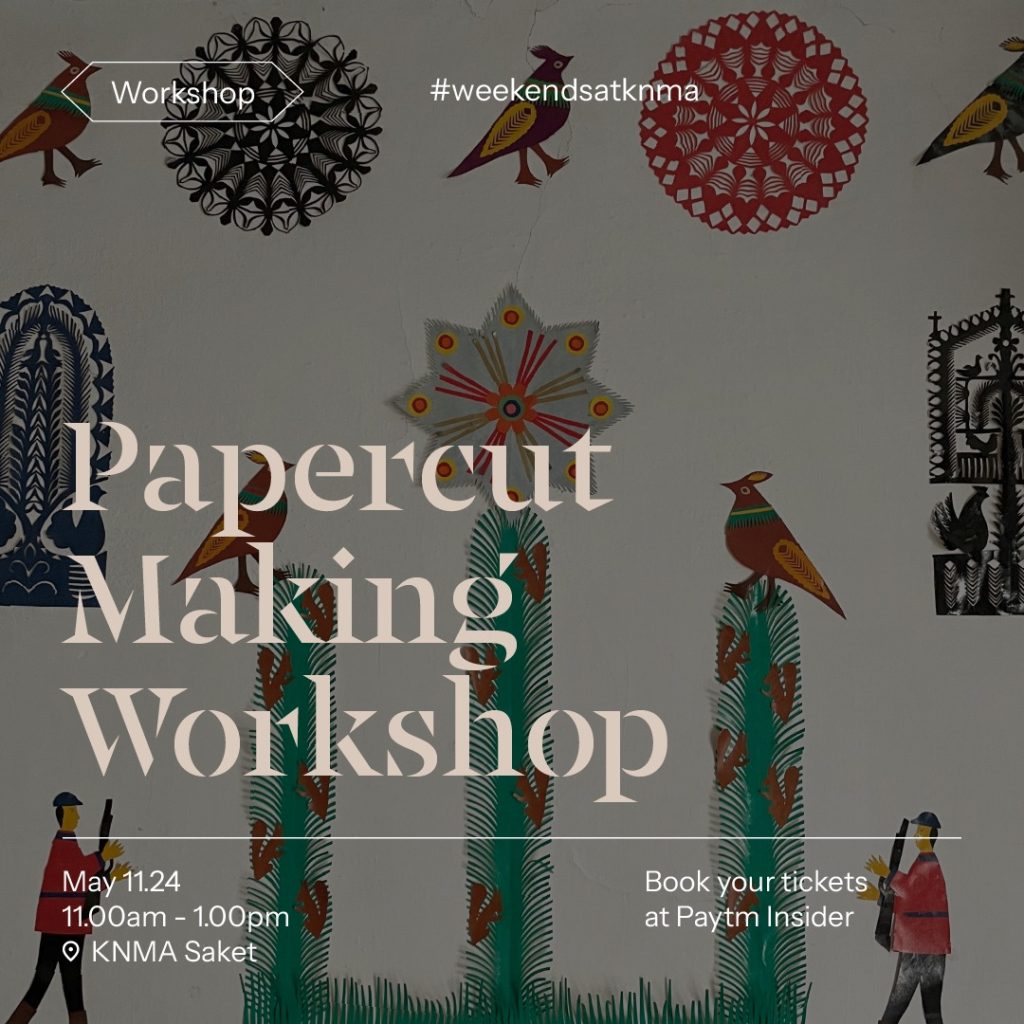
Karolina Merska, London based artist was invited by Polish Institute in New Delhi to conduct Polish folk papercuts workshop, which was held in collaboration with the Kiran Nadar Museum of Art at the KNMA Saket on May 11 and pajaki workshop in KNMA Noida on May 13, 2024.
Polish papercut, called “wycinanka” has been a popular folk craft since the XIXth century. Traditionally, they have been used to decorate interiors of Polish countryside homes. Their shapes, colours depend on the region. Traditional customs, scenes from rural life, flowers, peacocks, cockerels and various animals were popular motifs. Each papercut is build from layers of coloured paper.
Inspired by Polish papercuts and vibrant folk art, Karolina presented paper templates which were decorated with various materials.
Papercut making workshop participants created their own hanging decorations in vibrant colors, drew inspiration from Polish folk art, learned about the rich history and cultural significance of Polish papercuts.
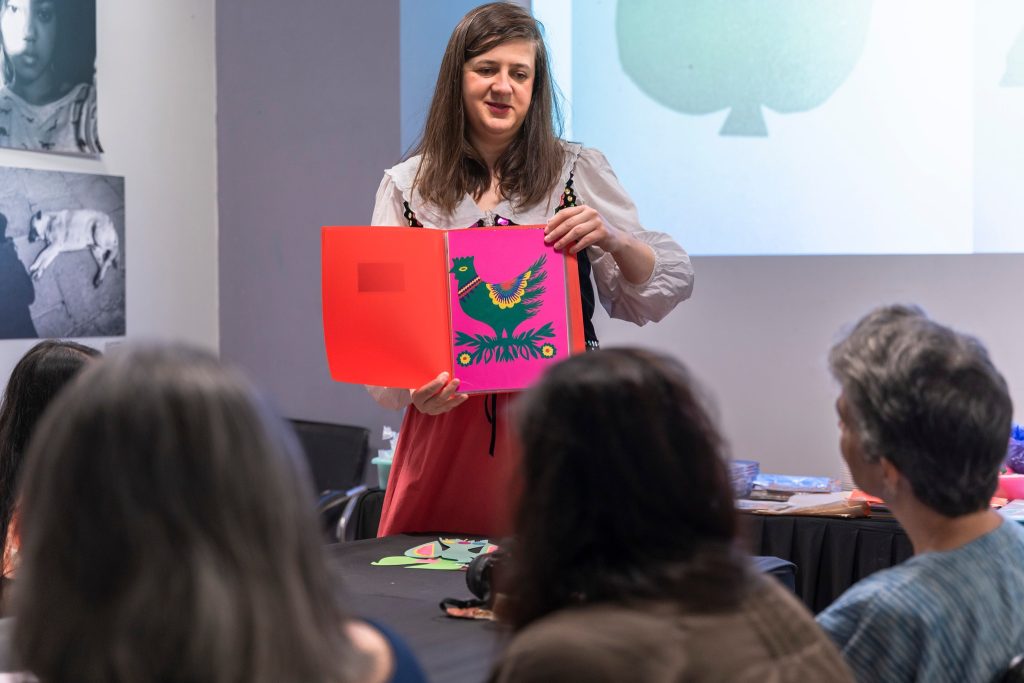

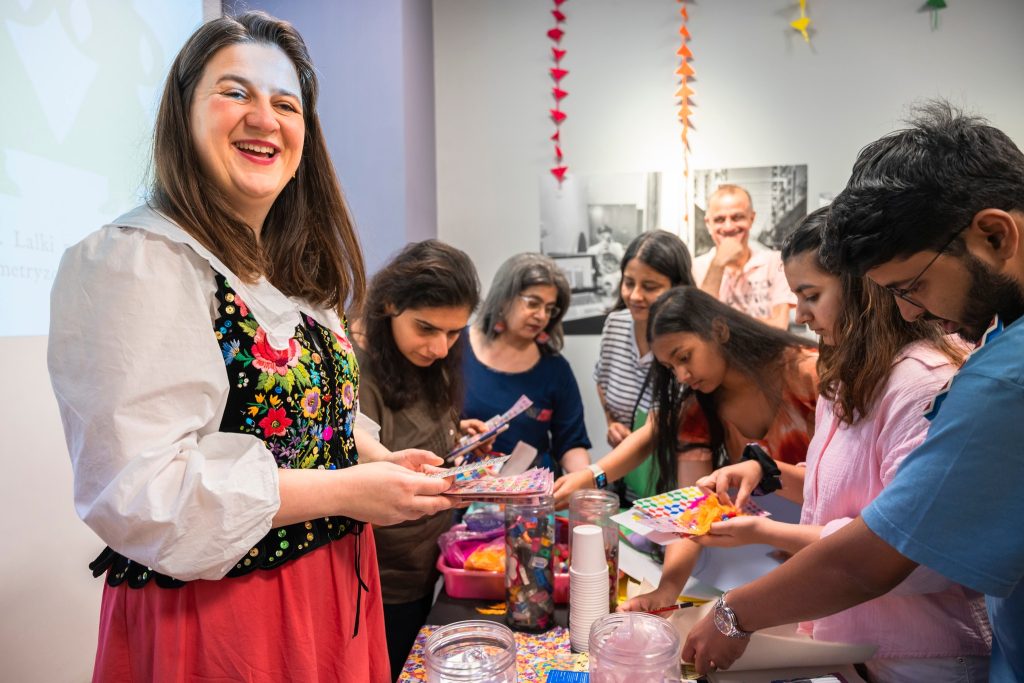

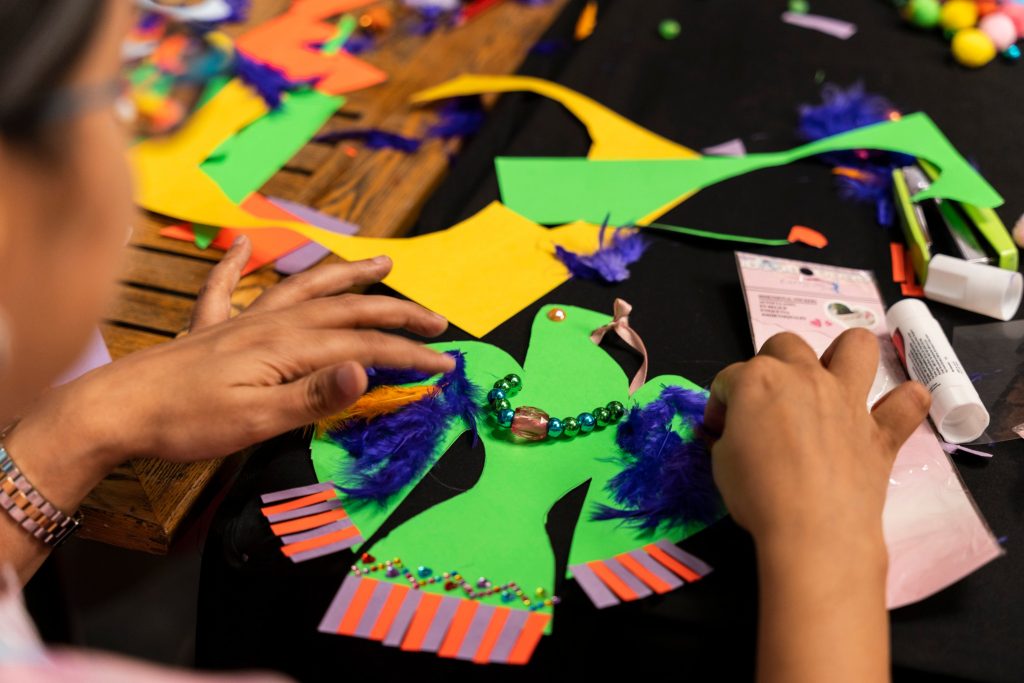
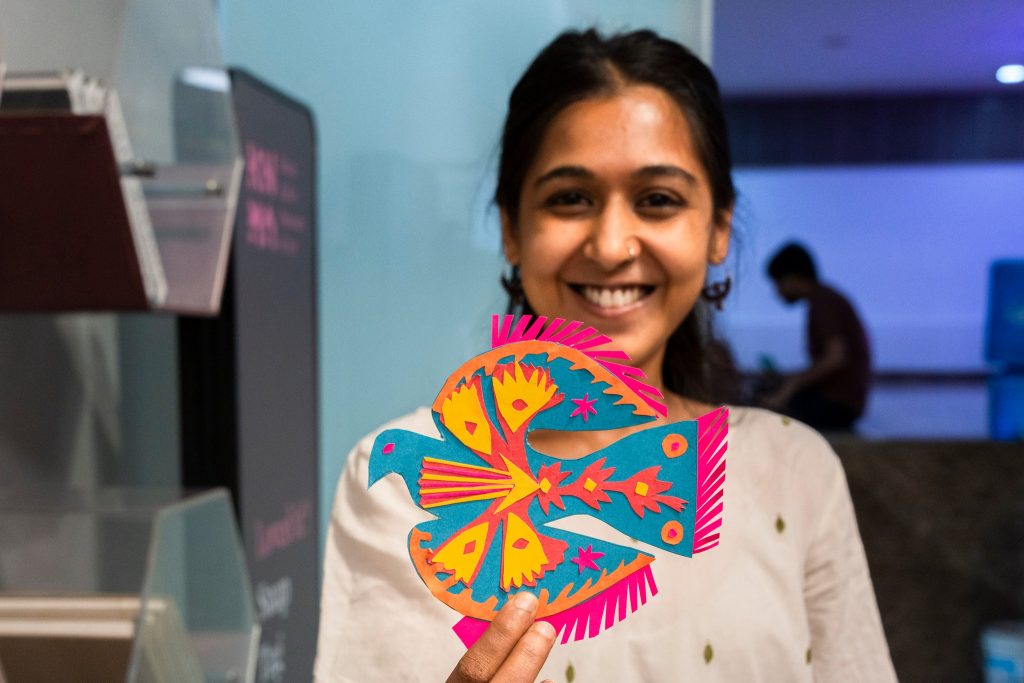
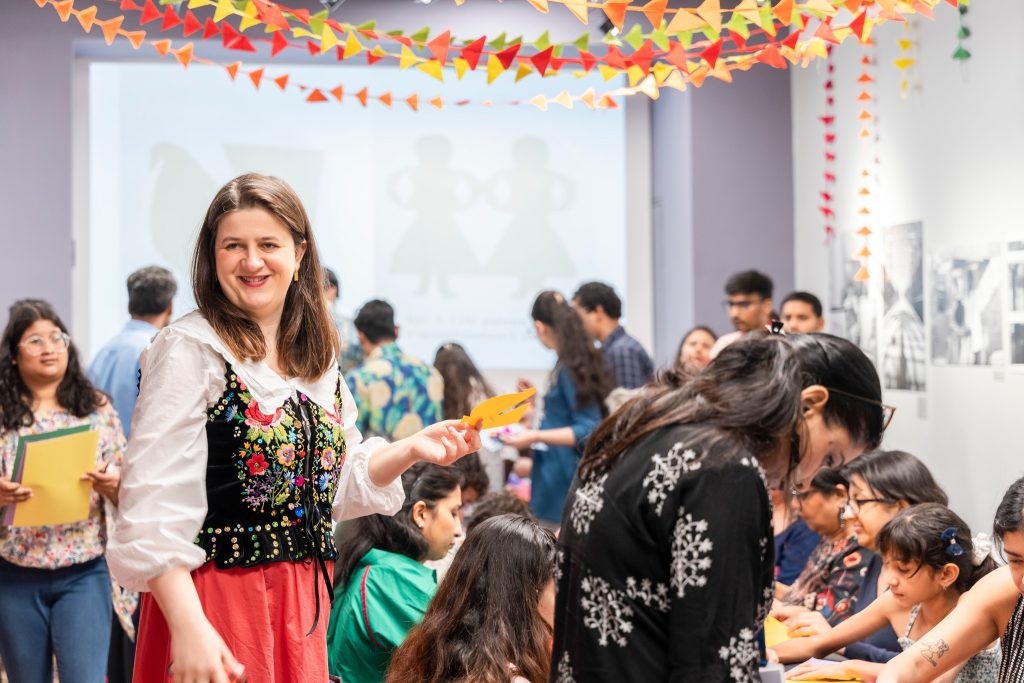
During the pajaki making workshop at the KNMA Noida Karolina introduced participants to a rich history of Polish rye and straw chandeliers called “pająki.”
Pajaki (pah-yonk-ee) are traditional Polish chandeliers made from rye straw and paper. Their history dates back to the mid-18th century. Made by country women as decorations for their homes especially for Christmas, Easter, as well as for weddings and christenings. Suspended from a ceiling in a main room, amongst colourful paper cut-outs, paintings and paper flowers they became a popular decoration in polish village houses.
They were a symbol of harvest and happiness in New Year. Today the tradition is practised less and less. Karolina keeps pajaki tradition alive.
During the workshop participants made one large pajak decorated with kalinka pompoms. By the end of a workshop they learnt some new unique skills.

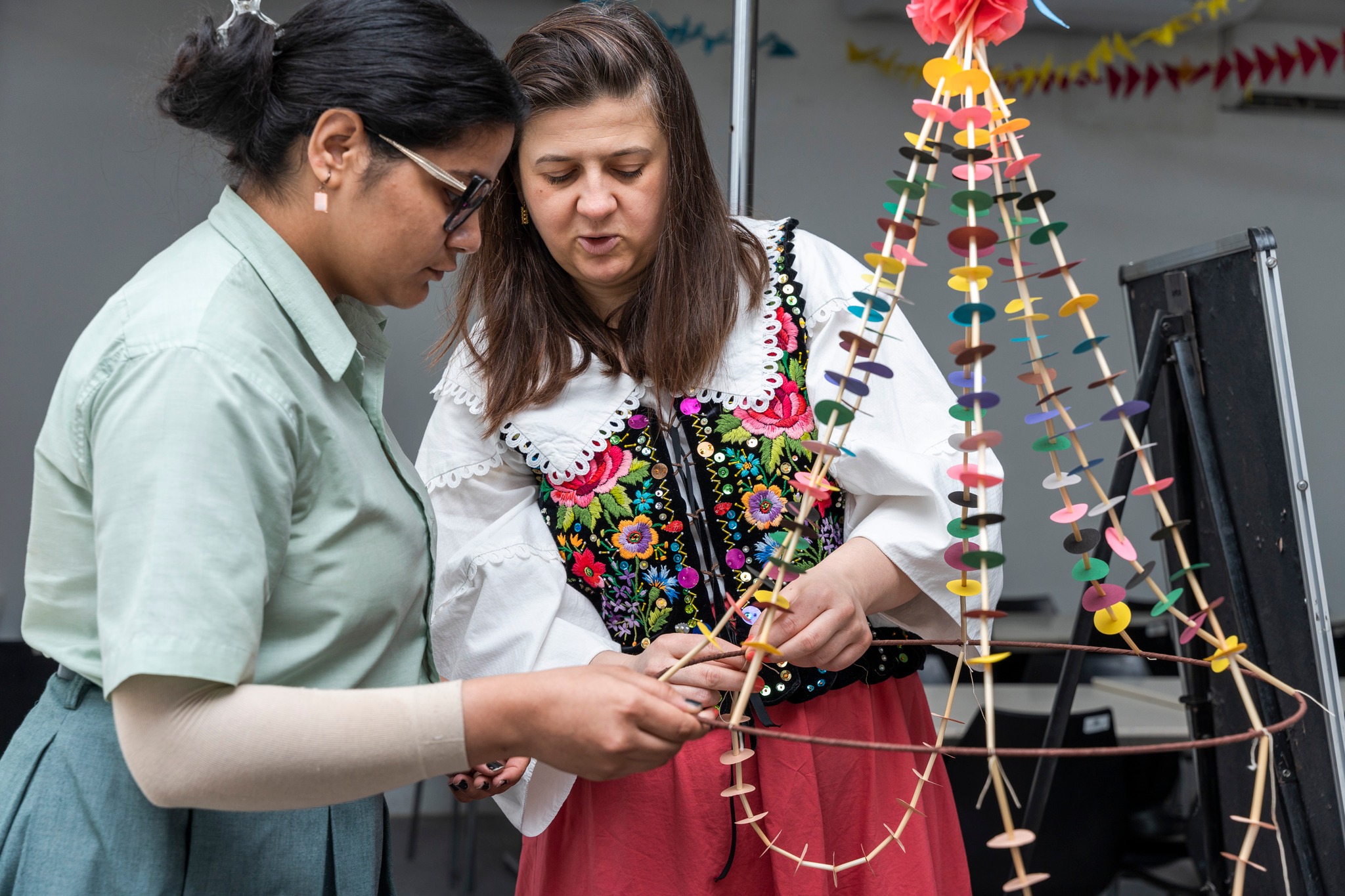
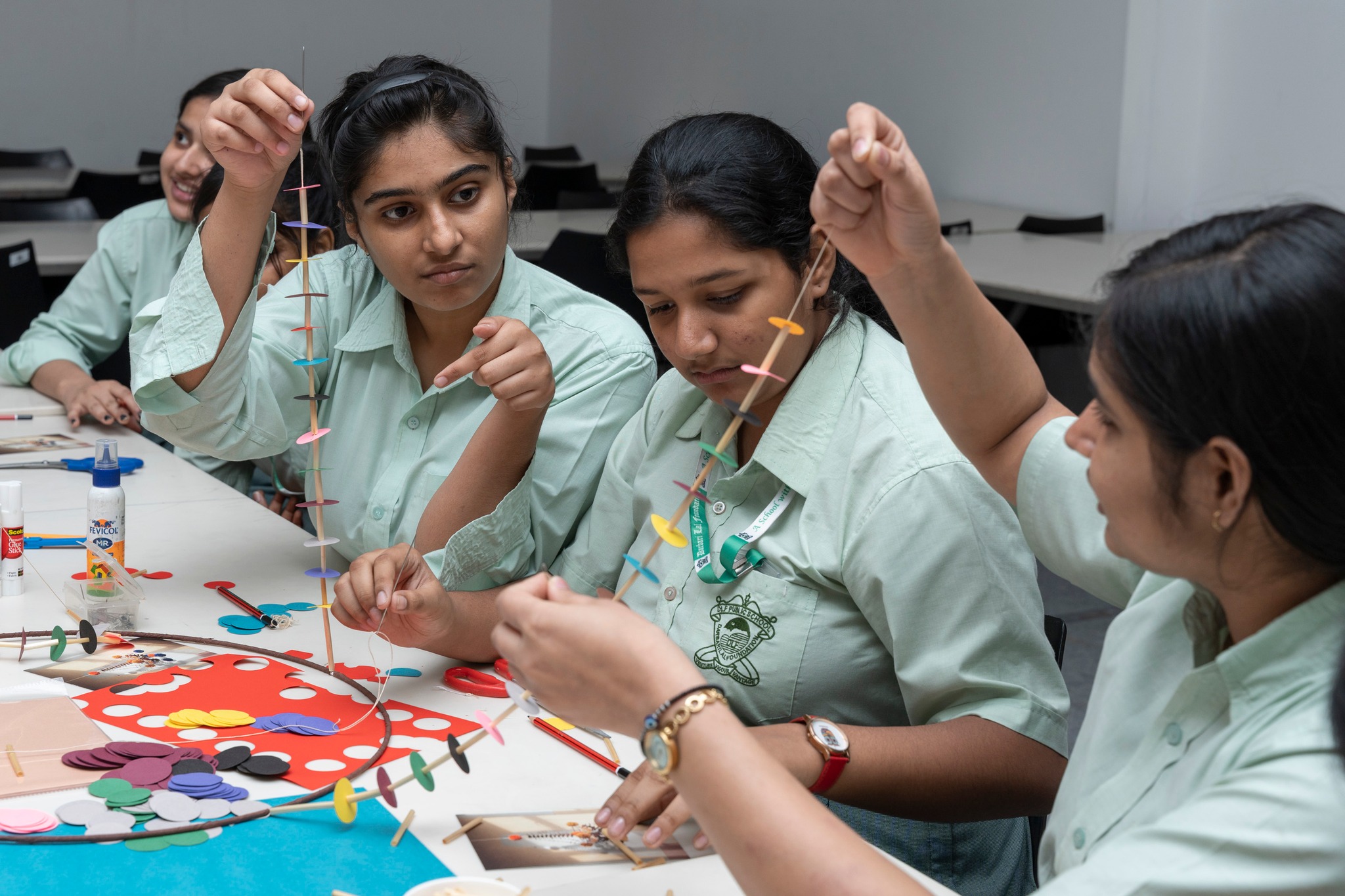
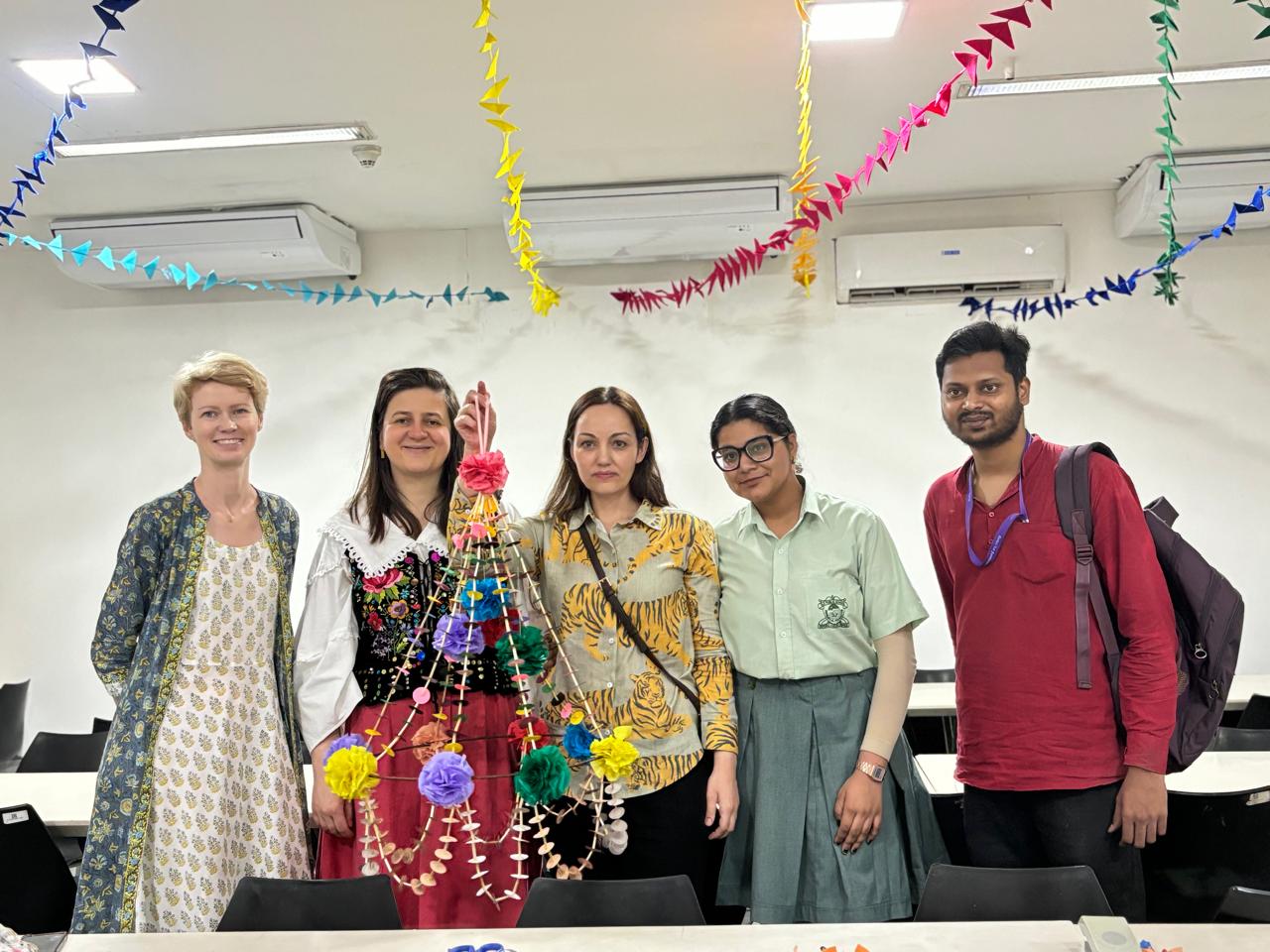
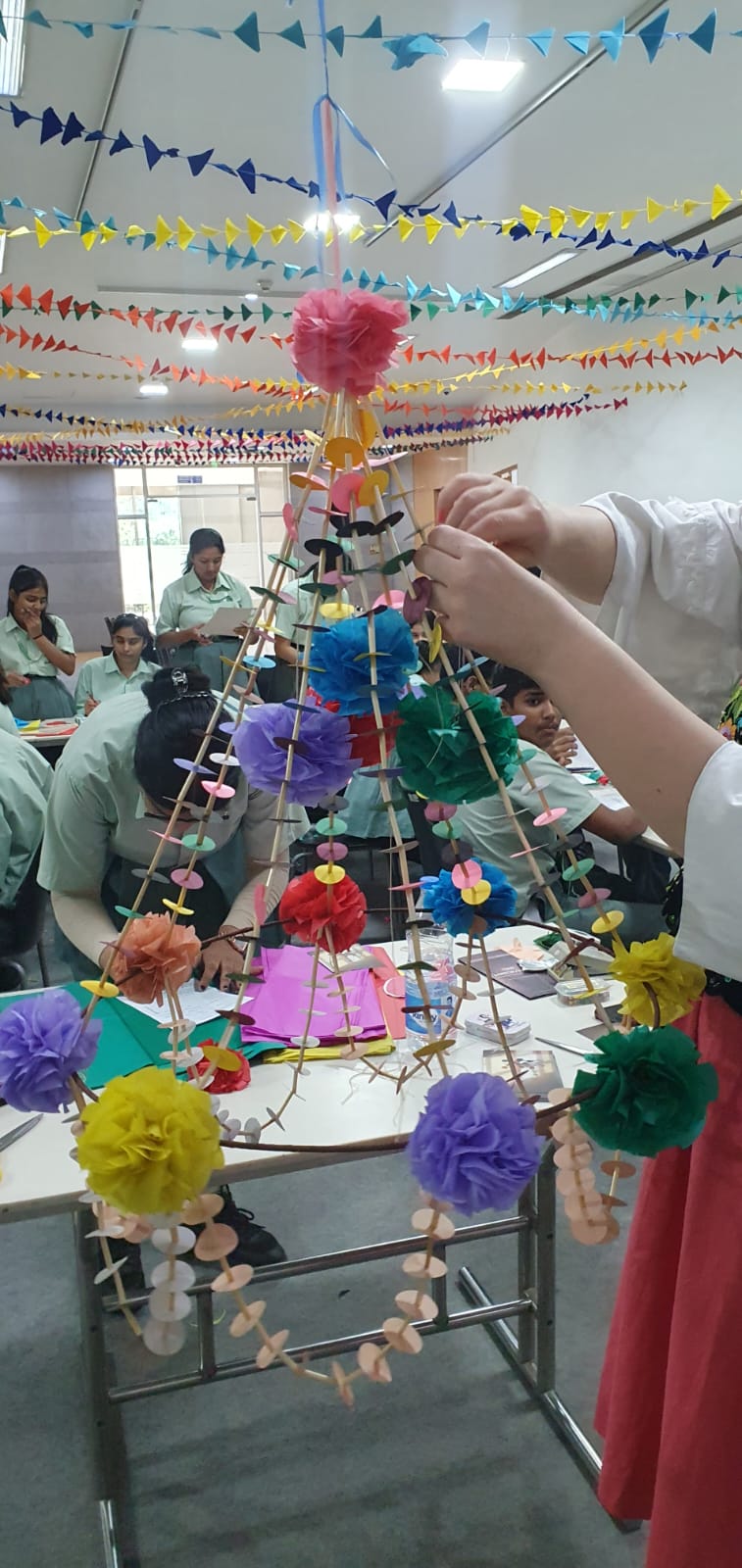
Karolina Merska on 14th of May delivered lecture titled “Polish folk stories” at the Delhi University, where the Department of Slavonic and Finno-Ugrian Studies students participated also in Karolina Merska’s workshop in creating traditional Polish folk paper flower art.
Mr. Rahul Putty Head of Department of Languages at Manipal Academy of Higher Education attended the workshop as the special guest.
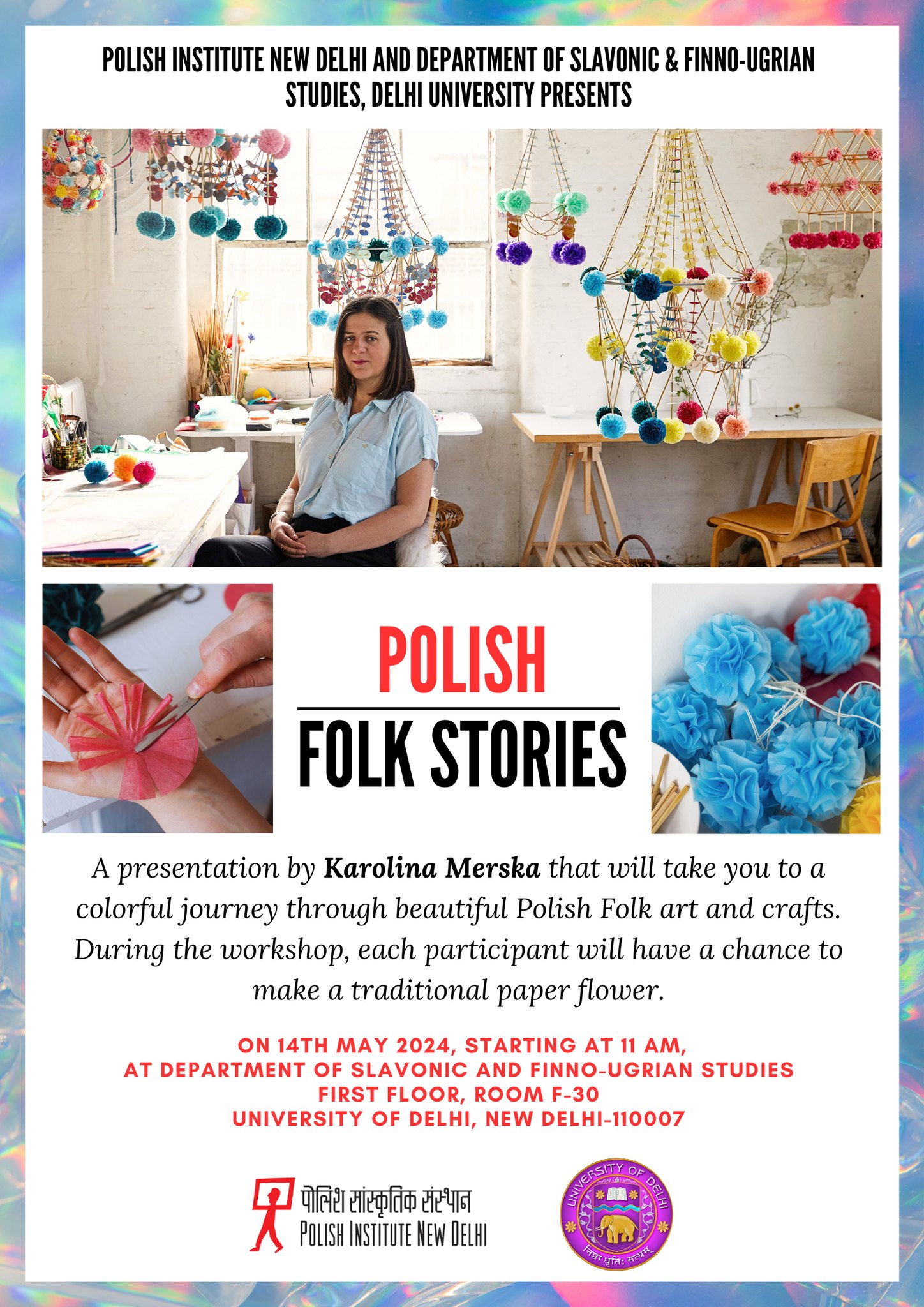
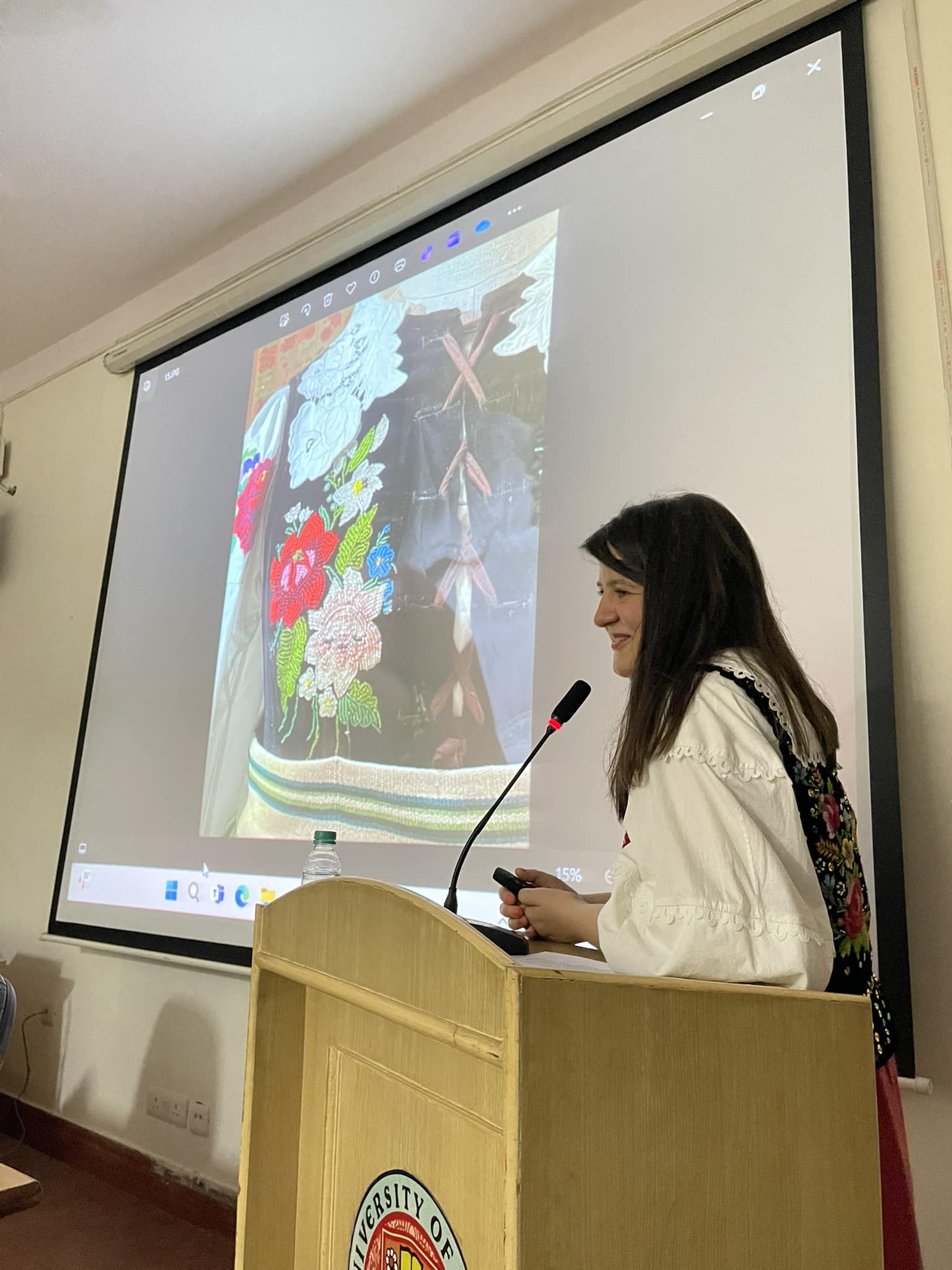
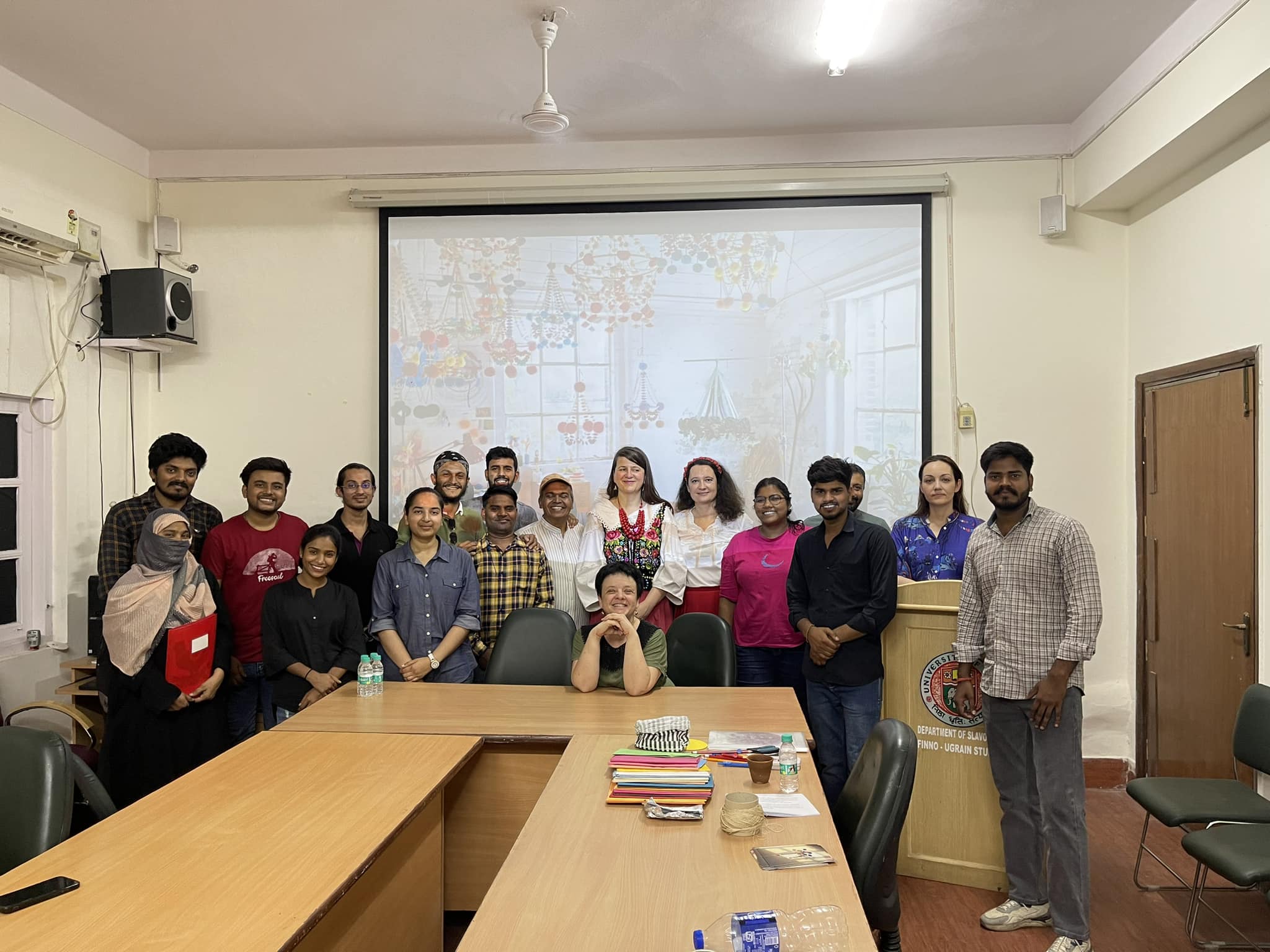
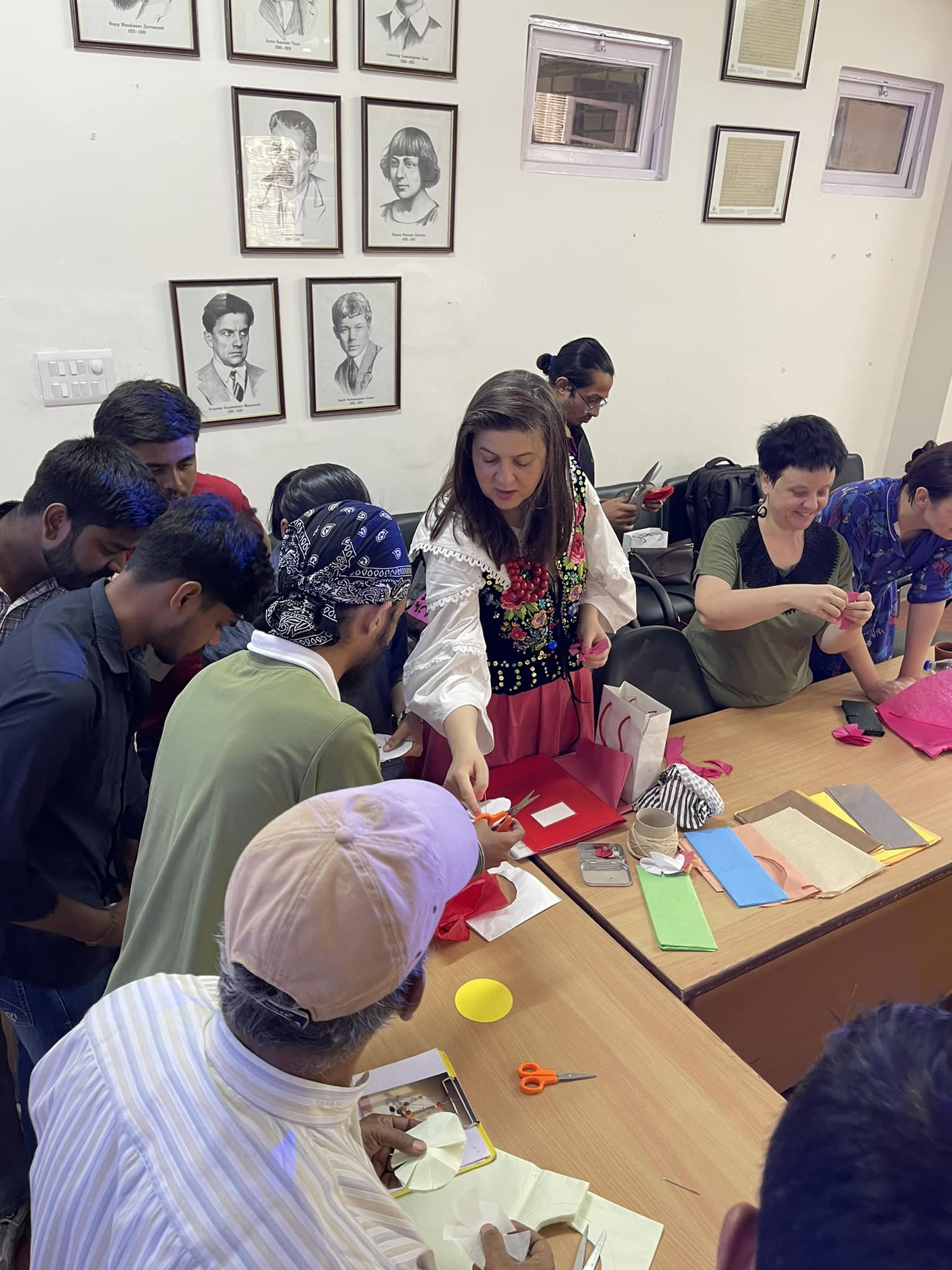
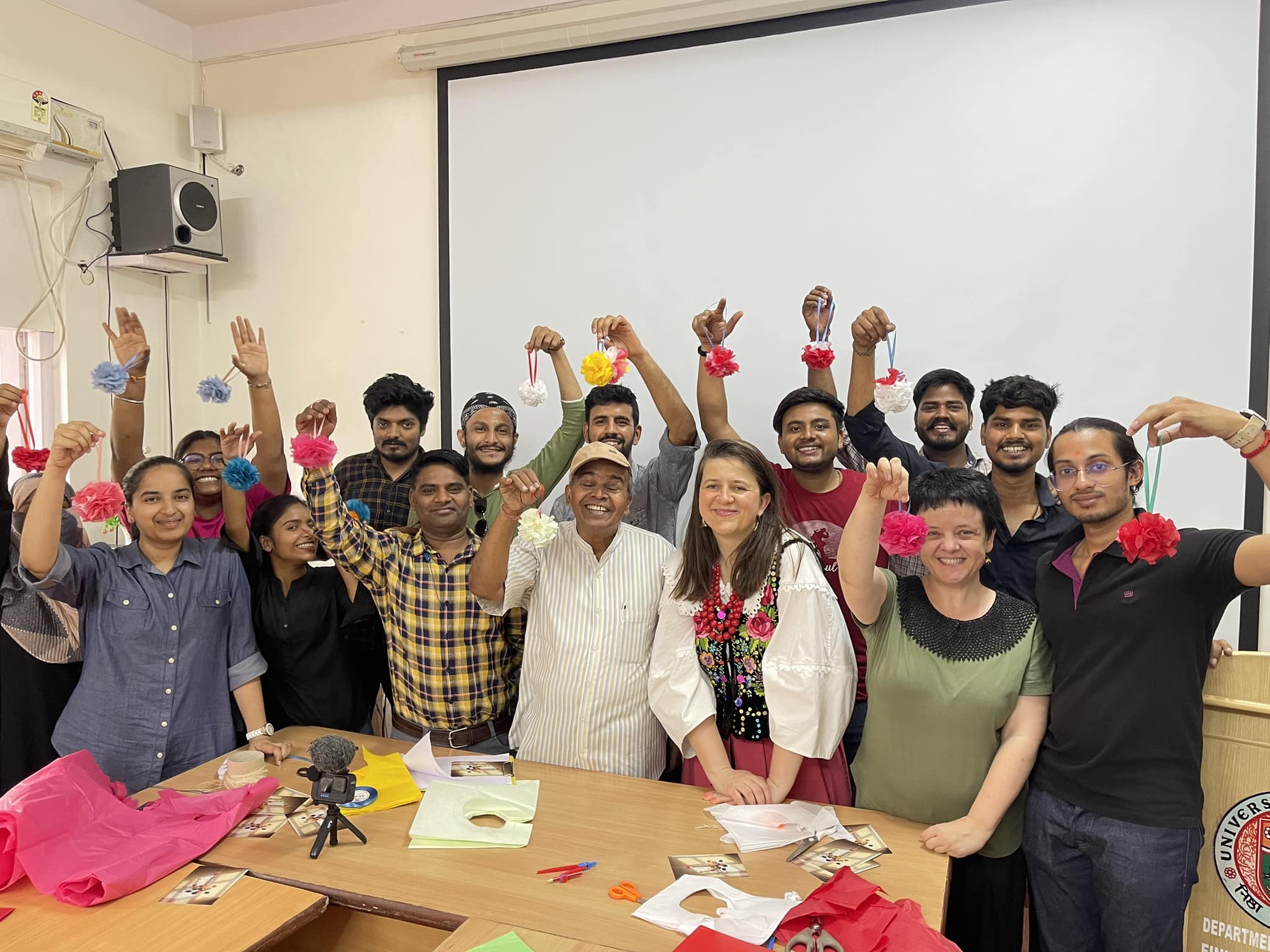

About the artist:
Karolina Merska is from Poland and moved to the UK in 2007 shortly after obtaining an MA in History of Art at the Jagiellonian University in Krakow.
Inspired by Polish folk art, she started making traditional Polish straw & paper chandeliers called pajaki ((pah-yonk-ee) in 2015. Their history dates back to the mid-18th century. They were made by country women as decorations for their homes especially for Christmas, Easter, as well as for weddings and christenings. Suspended from a ceiling in a main room, amongst colourful paper cut-outs, paintings and paper flowers they became a popular decoration in polish village houses. They were a symbol of harvest and happiness in New Year.
Pająki are not only colourful decorations. They had a symbolic meaning as well. People believed that rye straw, of which they were made of, had magical properties and would bring good luck and health to the household. Karolina believes they really bring happiness.
Karolina keeps pajaki tradition alive. During her workshops she teaches people how to make them as well as reveals some secrets how to twist paper to make a perfect pom pom.
Her work has been celebrated internationally and publicised by Channel 4, The World of Interiors, House and Garden, Elle Decoration, The Telegraph, Time Out, Harper’s Bazaar and many more. Exhibitions featuring Karolina’s work include the London Design Festival, London Craft Week, Bengaluru ByDesign Festival.
Karolina’s first book “Making Mobiles. Create Beautiful Polish Pajaki from Natural Materials” has been published in May 2021.

